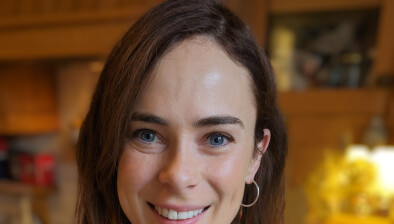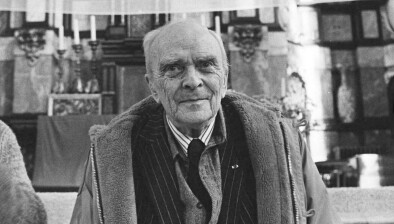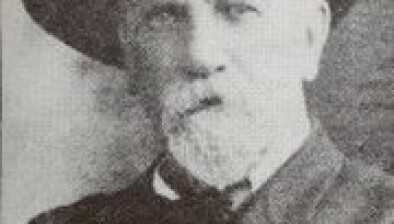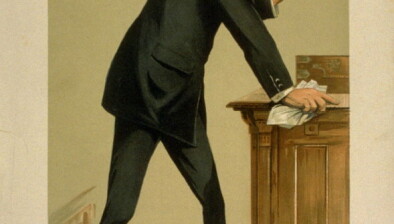Irish Legal Heritage: The ‘Long’ history of quackery, Pt. II
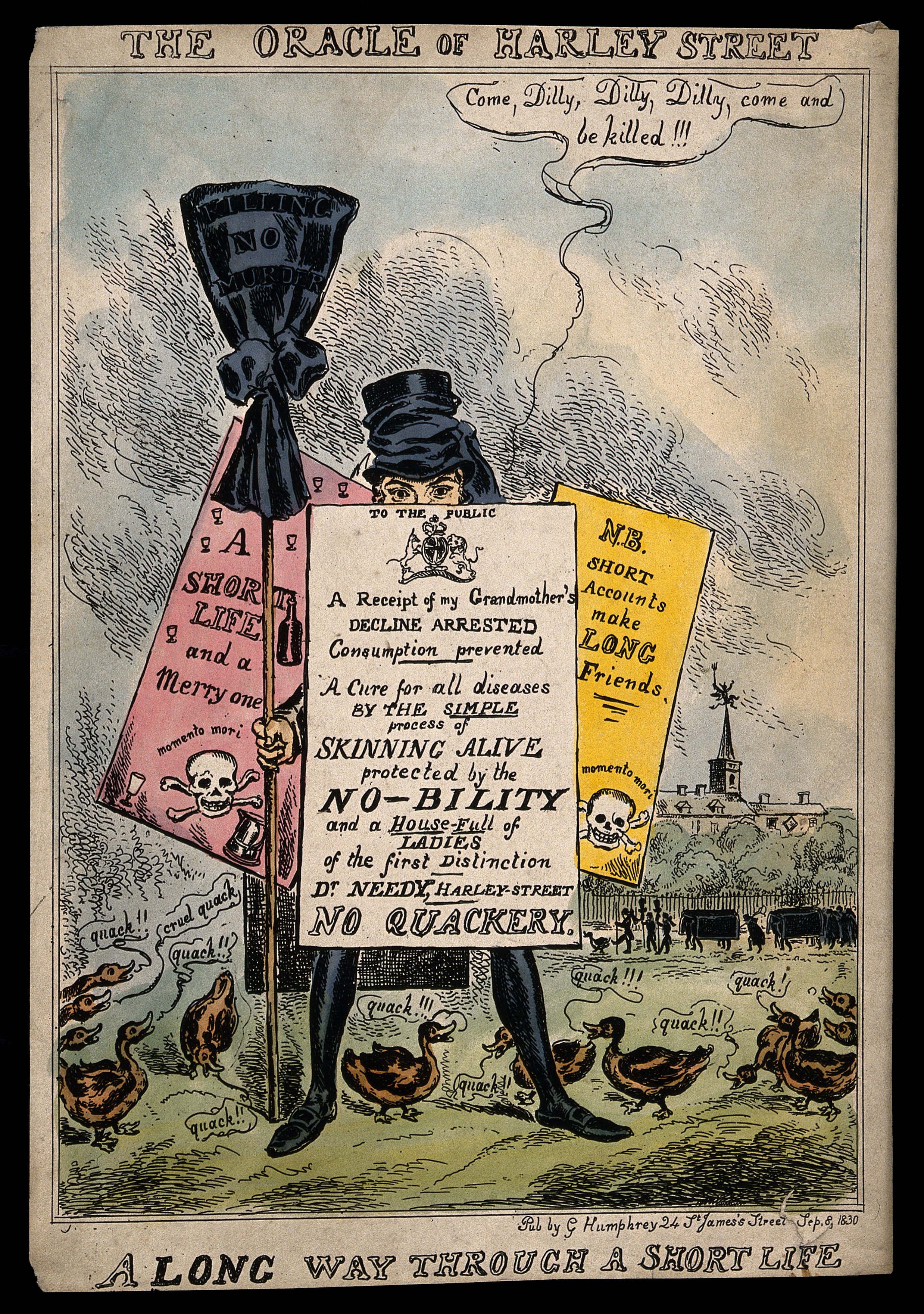
Cartoon of Long, “The Oracle of Harley Street”, surrounded by ducks (G Humphrey, 8 September 1830)
The first person to die in John St. John Long’s care was Ms Catherine Cashin.
Ms Cashin was 24 years old when she arrived in London in August 1830 with her mother, Lady Cashin, and younger sister, Ellen. Lady Cashin went to Long seeking a cure for Ellen who was reported to have tuberculosis; however, Long said Ellen’s case was “hopeless” and convinced her to leave Catherine in his care in case she “might also be attacked with this dreadful disorder”.
Although Catherine did not have any symptoms of tuberculosis, Long proposed treating her by creating a wound to allow the infection to leave the body and applying his infamous lotion. The wound increased in size and became infected, causing Catherine to become severely ill – for her constant vomiting, Long was said to have prescribed mulled wine. Within weeks of entering Long’s Harley Street clinic, Catherine was dead.
At Long’s manslaughter trial in October 1830, he blamed Catherine’s death on a doctor, Sir Benjamin Brodie, who had tended to Catherine on the day before her death. Indeed, in his book, A Critical Exposure of the Ignorance and Malpractice of certain Medical Practitioners in their Theory and Treatment of Disease (1831), Long blamed Catherine for her own death:
“Suffice to say, that the patient was consumptive: did not restrict herself to the regiment I had prescribed; indulged frequently in eating unripe fruits, a fact that has transpired since the trial, and which might have produced inflammation of the stomach, ending in death”
Notwithstanding the string of witnesses produced by Long who gave evidence about his miraculous curing abilities, the jury found him guilty of manslaughter. Unfortunately, Long’s punishment was limited to a £250 fine.
The manslaughter verdict did not seem to detract from Long’s reputation as a miracle healer, as the second of his victims sought him out for treatment the very month of his conviction. 48-year-old Mrs Colin Campbell Lloyd put herself into Long’s care on 5 October 1830, complaining of occasional “choking” in her throat when she had a cold.
Mrs Lloyd was said to have inhaled something given to her by Long, which, within days, had caused severe irritation and erosion of her “tongue, mouth, and fauces”. Mrs Lloyd’s condition continued to deteriorate, and she died on 8 November 1830. Again, Long was tried for manslaughter; however, this time he was acquitted.
Long spent the next few years writing about the cases for which he was tried and attributing the jealousy of the medical profession as a reason for his prosecution. In fact, he also sued those who called him a “quack” – in one case, he was awarded £100 in damages.
Somewhat ironically, Long is reported to have contracted tuberculosis himself, and after refusing his own treatment regime, he died in 1834.






